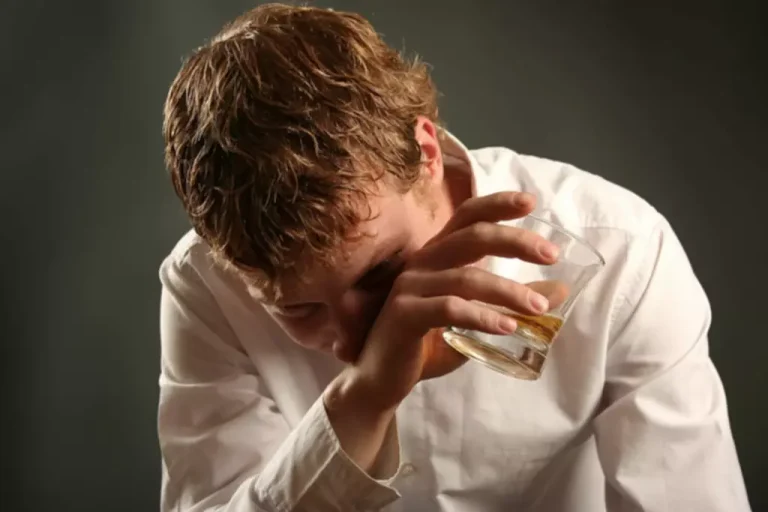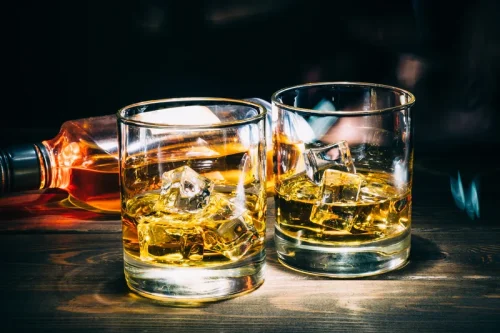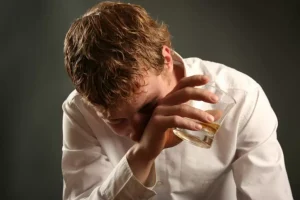Sobriety, Relapse, and Addiction Recovery Statistics in 2023

Subsequent studies estimated untreated remission rates to range from 50 to 80% or more, depending on the severity of alcohol problems. However, these studies focused primarily on general population or media-recruited samples; that is, on individuals who had not initiated help-seeking and who may have had less severe and as yet unrecognized problems 5,6. To understand the numbers pertaining to alcohol relapse, we first have to look at relapse rates for substance use disorders (SUDs) as a whole. According to the National Institute on Drug Abuse (NIDA), an addict who gets clean through any means will relapse at about a 40 to 60 percent rate. Of course, not all detox and treatment are created equal, but these numbers are consistent with other common chronic diseases.

Life context and coping
“Before considering semaglutide as an off-label treatment for AUD, more research is needed to determine its long-term effectiveness, optimal dosing, and safety in patients with severe alcohol dependency,” said Isaac. Female participants had a past-month drinking history of more than seven drinks per week, plus two or more “heavy drinking” incidents of four or more drinks at one time. The researchers hope their work informs treatment, with a goal of avoiding high rates of relapse and readmission. “This information can help provide the necessary support for someone moving through recovery,” Tegge said. Notably, substances with a higher number of quit attempts were also those that can bring on severe physical symptoms of withdrawal, such as pain, nausea, and anxiety.

Relapse rates by substance
Explore the connection between sleep and addiction, and how better sleep can support recovery. Support networks can also offer a sense of belonging and community, which can be extremely beneficial for individuals in recovery. They can share experiences, learn from each other, and find hope and motivation in each other’s stories of recovery. Places that often trigger an alcohol craving are the locations where individuals drank the most. This could include friends’ houses, certain restaurants, bars, liquor stores, or even passing by these places. Triggers related to places can be specific to a room, a building, a neighborhood, or an entire city 6.
Alcoholic Life Expectancy: Using Calculators and Examining Overall Impact of Alcohol Abuse

27% of drug addiction treatment all Americans with an alcohol use disorder will have a relapse because of financial problems. 34% of all Americans with an alcohol use disorder will have a relapse because of peer pressure. 40% of all Americans with an alcohol use disorder attribute their failure to overcome alcoholism to lack of willpower.
What Is the Jellinek Curve in Addiction and Recovery?

We publish material that is researched, cited, edited and reviewed by licensed medical professionals. The information we provide is not intended to be a substitute for professional medical advice, diagnosis or treatment. It should not be used in place of the advice of your physician or other qualified healthcare provider. The Recovery Village aims to improve the quality of life for people struggling with substance use or mental health disorder with fact-based content about the nature of behavioral health conditions, treatment options and their related outcomes. alcoholic relapse rate It should not be used in place of the advice of your physician or other qualified healthcare providers. Whether your relapse means that you need to attend treatment again depends on several factors.
- Similar relapse rates occur for recovering smokers and heroin addicts, suggesting that many addictive behaviors may share the same behavioral, biochemical, and cognitive components.
- Techniques like Cognitive Behavioral Therapy (CBT) and structured programs such as the Matrix Model equip individuals with essential coping skills for managing triggers and stressors that could lead to relapse.
- Only participants who reported successful abstinence from at least one substance were included.
- Recognizing early warning signs of relapse—such as changes in behavior, emotional distress, or withdrawal from support networks—is crucial.
- We also focused on individuals who had already recognized their alcohol-related problems and initiated a search for help.
Over 30% of people who try to stop drinking relapse within their first year of sobriety. This relapse rate reduces over time, with 21.4% of recovering alcoholics relapsing in their second year, and only 9.6% relapsing between years three to five. The high relapse rates for alcohol and other substances underscore the chronic nature of addiction. It’s a disease that requires ongoing management and support for sustained recovery.
- Here’s a look at why alcohol relapse is so common and how treatment facilities can work to help alcoholics achieve long-lasting sobriety.
- These networks can consist of family, friends, healthcare professionals, or support groups who provide emotional support, guidance, and encouragement throughout the recovery process.
- They can share experiences, learn from each other, and find hope and motivation in each other’s stories of recovery.
- Discover 5 facts about alcohol rehab centers that can guide the journey to recovery and lasting change.
- About 400 million people around the world live with alcohol use disorder (AUD) — a condition where a person is unable to stop drinking alcohol or has become dependent upon it.

Leave a Reply
Want to join the discussion?Feel free to contribute!